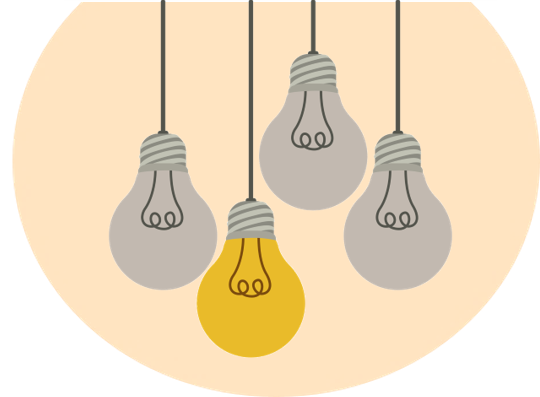Every week, we shine a light on a Springboard to Active Schools trainer who is making a difference in their community and state. These blogs highlight trainings that the trainers have conducted on implementing a Comprehensive School Physical Activity Program (CSPAP), training insights and tips, and fun facts.

- Share a brief overview of one of your Springboard to CSPAP Implementation trainings.
What: CSPAP and North Carolina’s Healthy Active Children Policy.
Who: PE teachers, health/PE district coordinators, university professor and students.
Where: 2017 North Carolina Alliance for Athletics, Health, Physical Education, Recreation, Dance, and Sport Management (NCAAHPERD-SM) Annual Conference.
- Who were the key partners you worked with to make this training happen?
I worked with the NCAAHPERD staff who built the conference and with the Executive Director to facilitate the time, location, and training logistics.
- What superpower did each partner bring to the table?
They all brought access to the NCAAHPERD membership and ability to promote the training.
- Did you learn anything new about your partners through this process? If so, what did you learn?
I have been a member and past president of NCAAHPERD, so I have a long history with the organization. Every year the conference is different and has its own unique challenges, but I was familiar with the process and what everyone brought to the table.
- What are three words to describe your audience before the training began?
Aware, committed, curious.
- What are three words to describe your audience at the conclusion of the training?
Engaged, still committed, informed.
- What is one way you got the participants to be physically active?
I used some of the activities from the Training of Trainers like Over/Under and Vote with Your Feet. I also encouraged participants to stand and get out of their chairs whenever they felt antsy or needed to stretch their legs.
- What part of the training are you most proud of?
We had a candid discussion of CSPAP that included some conversation about challenges as well as the benefits. Participants felt comfortable talking, making comments, and contributing to the conversation from their particular perspective and unique experiences. In my experience, professional conferences are one of the few opportunities that teachers have to really let things out and express frustration and concerns but also share successes.
- What part of the training was the most challenging?
The space that was assigned to conduct the training was not ideal. I was basically in a partitioned part of a ballroom in a convention center, so it was an overwhelming space for not a very large group. There were no tables, so we had to group chairs around one corner of the ballroom, campfire-style.
- What is one thing that surprised you at your training?
I was surprised by the number of participants who were there on a Saturday morning. The bulk of the people who go to the conference leave on Friday evening, so Saturday morning is a great unknown. Plus, I was up against sessions that were more methodology focused. I wasn’t confident that I’d have many participants at all.


